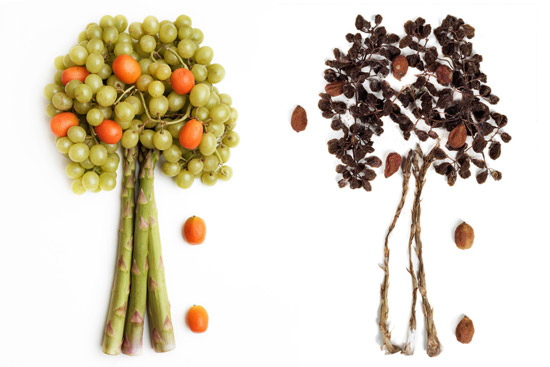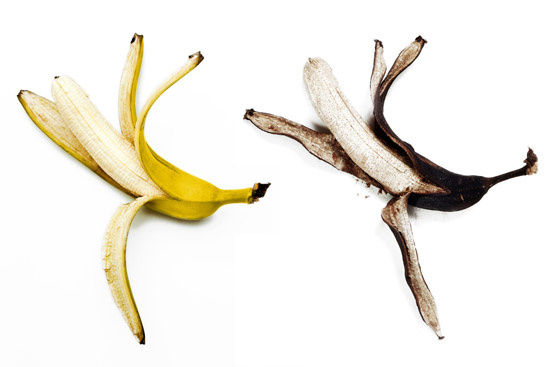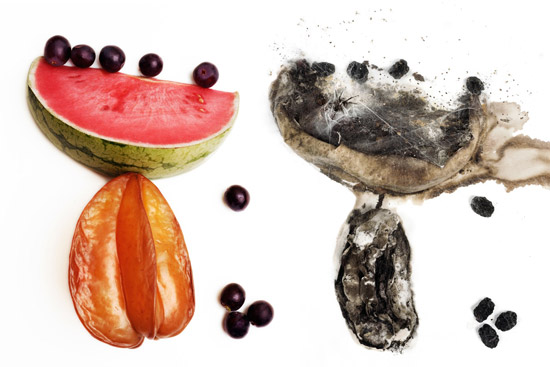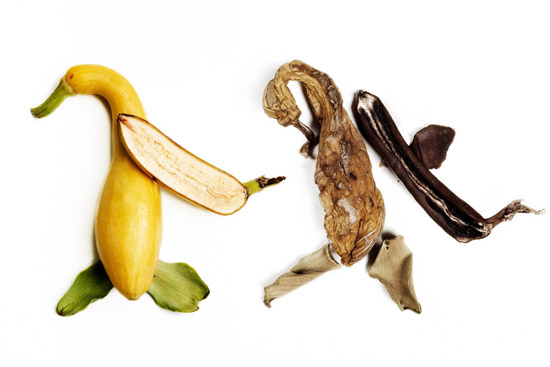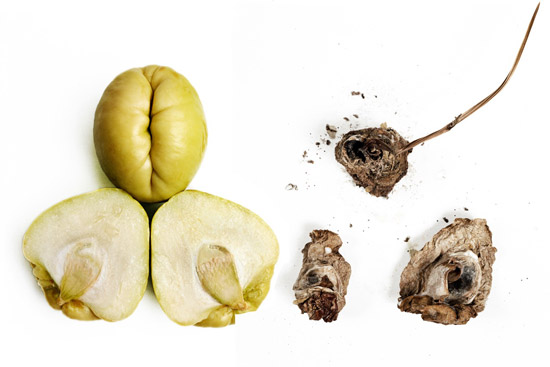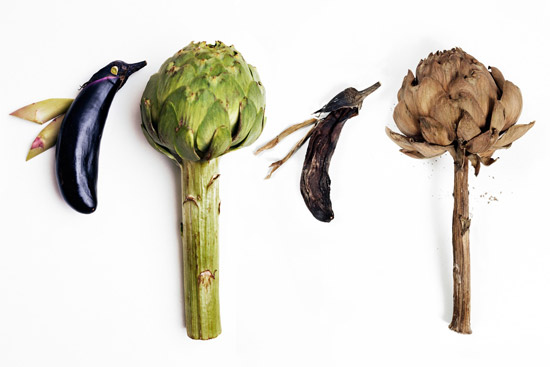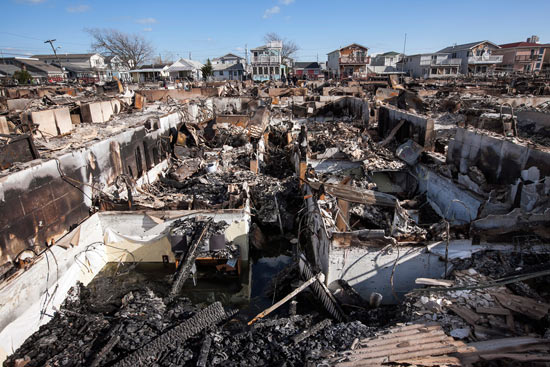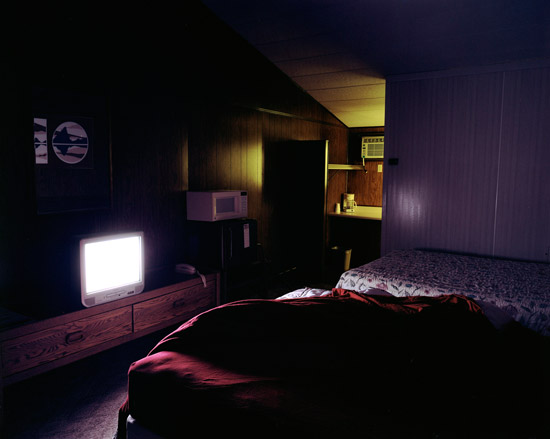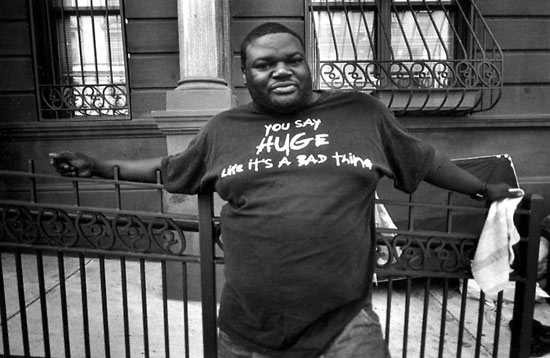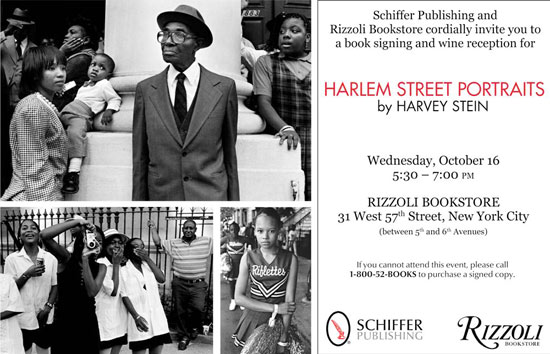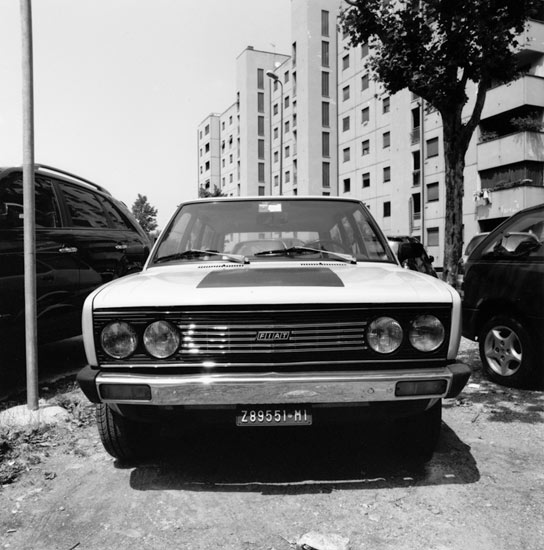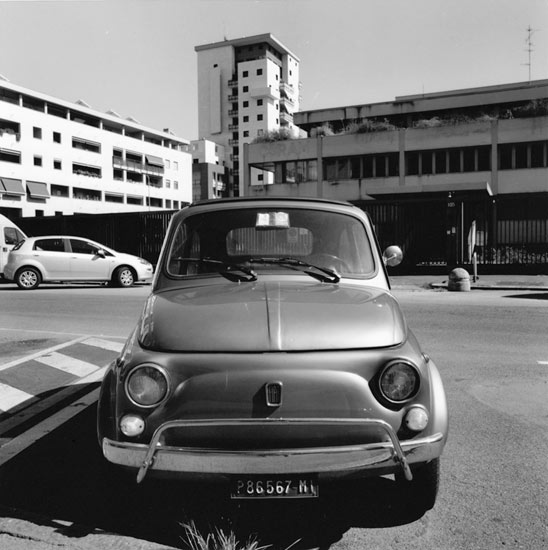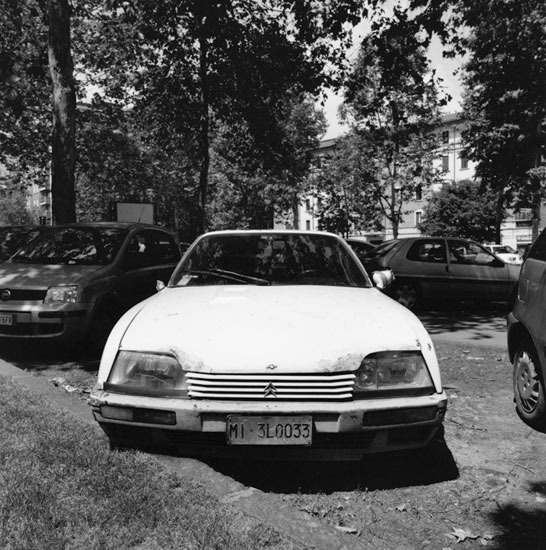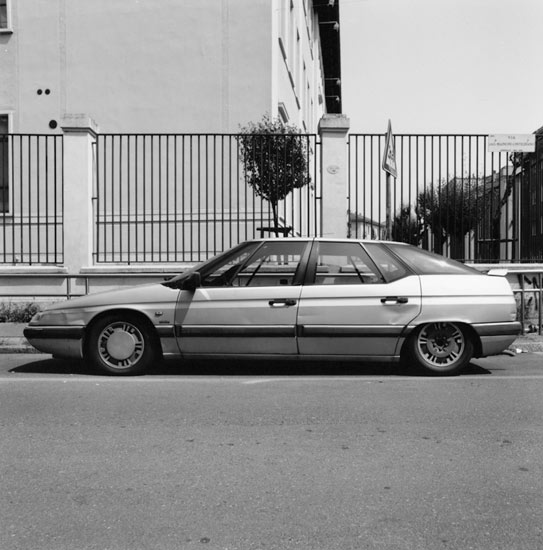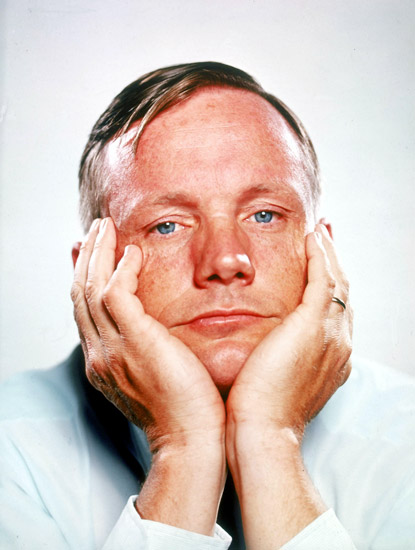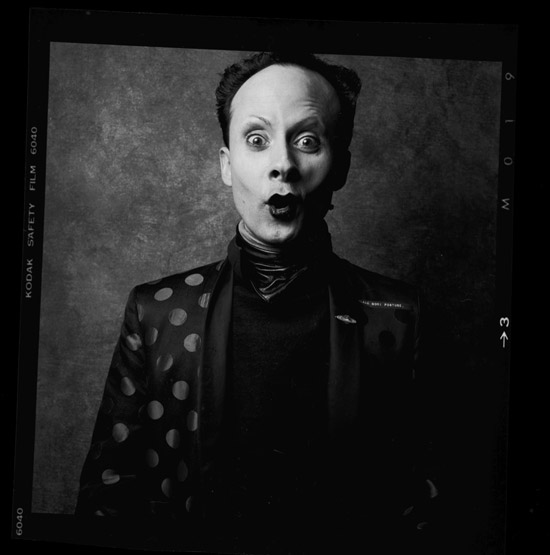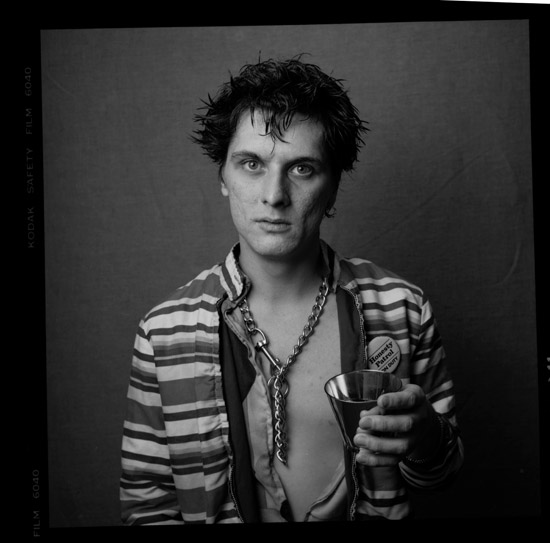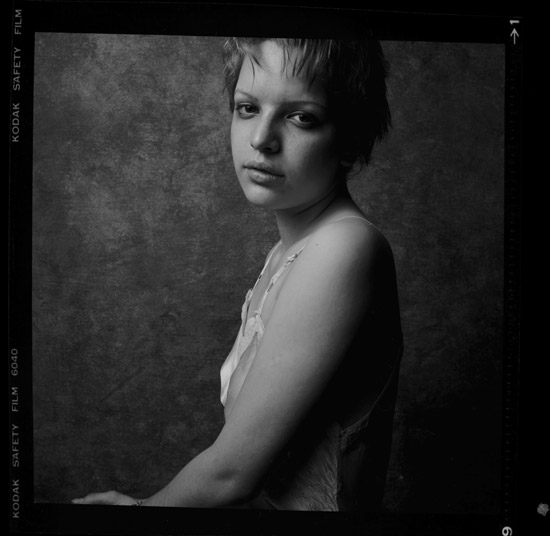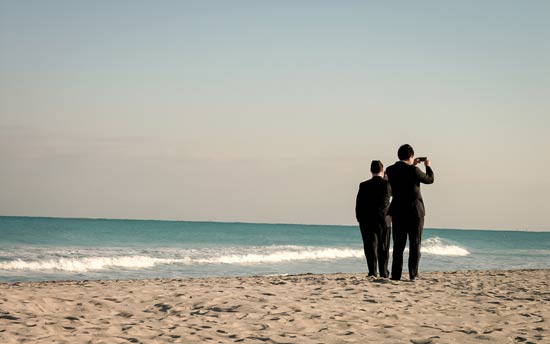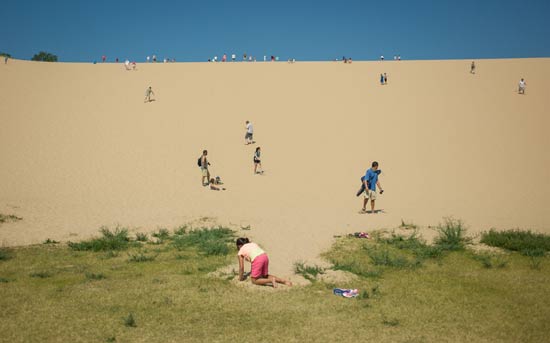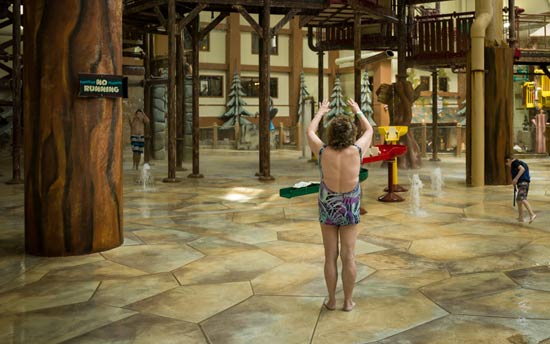I really like these new images from
Patrick Fraser, whose series '
Parada' I published earlier this year. Wanting to shoot something other than people, for a change, Patrick worked with a food stylist, Maggie Ward, to set up the fun, fresh photos. Using large format film he photographed them once, then left them in his garage for six months before shooting them again with the same set-up.
"Ultimately I was just making a metaphor for life and time passing in a simple photographic essay."
Breezy Point, Queens, November 4, 2012 © Natan Dvir
Over the course of five days beginning October 22, 2012, a storm developed in the Caribbean Sea that would ultimately kill at least 286 people in seven countries. Hurricane Sandy hit New York on October 29, and New York-based
Natan Dvir photographed the immediate aftermath.
The Weather Channel recently sent Natan back to the exact locations, at similar times of the day, to show what has happened since.
Some of Natan's photographs are on show as part of '
Rising Waters,' an exhibition on now through March, 2014, at the Museum of the City of New York.
Award-winning photographer
Natan Dvir was born in Israel, and now lives in New York. He "focuses on the human aspects of political, social and cultural issues." Dvir is widely published and exhibited in the US and abroad.
Peter Turnley's new book of 40 years of moments of love.
It's a year or so since I first heard from
Brendan Barry and I was thrilled to get this update on his motel rooms. Not content with a set of deeply uncanny photos, Brendan is taking the images to a different level. Inspired by the American short story, he reached out to some writers who have influenced him and is now collaborating with author Jeff Parker on a book of photographs accompanied by fantastic tales. Let's hope it's on the shelves soon.
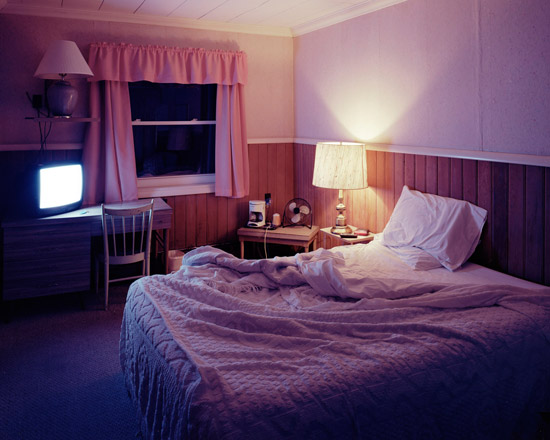
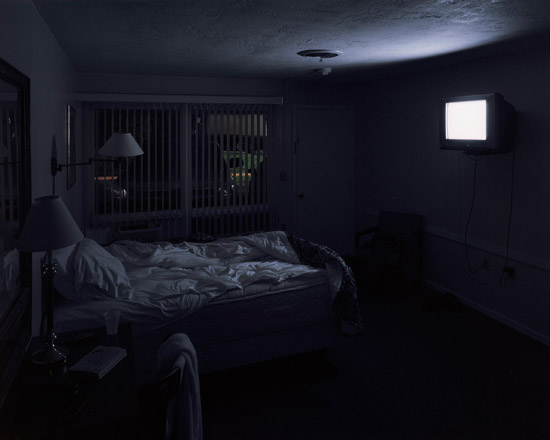
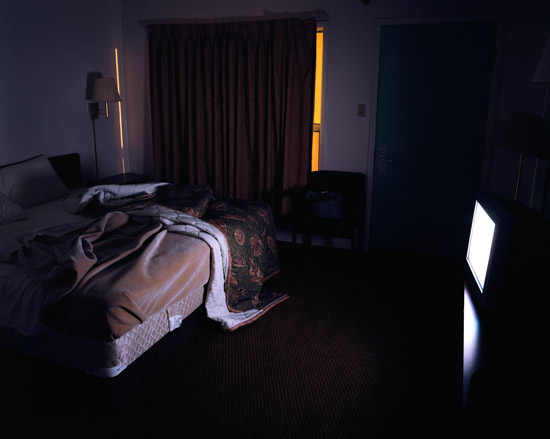



'Motel 6, Utah'
Motels and hotels. What difference does a single beginning consonant imply?
As an adult, there is a simple answer: A hotel is where you want to be. A motel is where you are at.
The best motel has a pool. I have been going to the motel pool for near to thirty years now looking, probably, for some brunette-haired girl who I met at a motel pool thirty years ago when my grandparents took me to Disney World and left me play with her, thinking it an all-innocent kids thing when even then it wasn't exactly that.
This motel does not have a pool.
This motel has a window in the door.
That is the level of excitement on which this motel is operating.
But I am good with that. I am right with that. I am fine with that. Right fine with that level of excitement. In the disappointment of wrong brunette-headed girls in my life, I have come to be right fine with a room with or without a view. A motel with or without a pool. A sheet to pull back. A TV to light my path to the bathroom.
'Clean Rooms, Low Rates'
Photos: Brendan Barry
Calcutta-based photographer (and painter)
Subrata Biswas returned from Muzaffarnagar and posted some images on Facebook. I was fortuitously online, and Subrata agreed to a feature about this sad series of events.
"On 27th August, 2013, two Jat brothers of a girl kill a Muslim man for stalking their sister and later the stalker's family kills both of them. This revenge killing sharpens the communal violence in Muzaffarnagar in Western Uttarpradesh. The two Jat brothers are beaten to death by a gang of agitated Muslims when they go to talk to the family of the stalker in Kawaal, an interior village in Muzaffarnagar. Following the high tension of these brutal murders, situation escalates into a major communal riot claiming about 45 lives and injuring many. Many Muslims have fled away. Kawaal which was populated by Muslims and Hindus in equal numbers was now a Hindu-majority village. In fact Kawaal is not the only village in Muzaffarnagar to have witnessed such communal violence and a resulting transformation in population. In all villages where the Hindus were predominant, the Muslims have left their homes. And the reverse has happened in Muslim majority villages." Subrata Biswas.
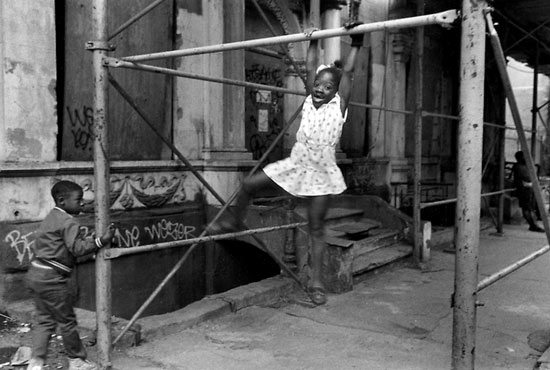
"The first photographic encounter renowned New York street photographer Harvey Stein had with Harlem was when he documented the annual African American parade on Malcolm X Boulevard in 1990. Swept away by the spirit and humanity of the legendary neighborhood and its inhabitants, Stein continued to photograph Harlem for 23 years from 1990 to 2012. His close-up, evocative portraits of the people of Harlem are published for the first time in 'Harlem Street Portraits' (
Schiffer Publishing, October 2013). Accompanying the photographs are essays by African American activist, writer and teacher Herb Boyd, and writer and third generation New Yorker, Miss Rosen."
"No amount of words can deliver what one glance can, and chances are that one glance into Harvey's book and the engrossing images will lead to another. And if you look with enough love and introspection, I will not be surprised if you find something personal, something reminiscent of places you have been and people you would be glad to know." - Herb Boyd
Harvey will be signing copies on Wednesday, October 15th, 2013, at
Rizzoli, NYC.
Michele Ravasio sent these over from Milan, part of his project 'The Other Cars.'
"There are SUVs, there are Smarts, and then... then there are the other cars."
"The ones you do not expect, the ones you should better demolish, the ones that consume too much, the old-fashioned ones, the ones that you even don't know how they manage to start, but that are still there, parked along Milanese streets, some of them with a meek look, a sad face, others still with a proud and confident bearing. Those muzzles, those flanks, those headlights, those bumpers, those plates, and above all the owners of those vehicles, seem having a say on what we are experiencing, on this difficult period, between economic crisis and globalization."
I just spotted this glorious colour photo of Neil Armstrong whilst researching another subject, and was compelled to publish it. It would make for a good caption contest, you can leave suggestions on Facebook if you like!
The Traditional Dutch. Westapelle, Urk, Marken and Scheveningen, Holland, 1985 © William Coupon
Prolific portraitist
William Coupon's 'Social Studies Part One: Capturing Culture: The World's Tribes' features images from over three decades of shooting around the globe.
William Coupon is a self-taught photographer, whose study of people began at New York's Studio 54 and Mudd night clubs, in 1979, where the one-time aspiring musician says he "shot to the rhythm of the bass." Soon after, he set his mind to "photograph everybody... I had the idea that my mission would be to continue to document groups, or sub-cultures. The working title would be 'Social Studies.'" In 1979 he headed to Haiti; in 1980, to Australia; by 2010 had a collection of more than 30 groups and tribes.
"What I've tried to create is a mosaic, a sample of the world's peoples, through photography and through my own personal experience."
In amongst, Coupon has photographed many celebrities, musicians, and politicians, and this is how I knew of him; I recalled his name from the early 90s when my agency acted as a sub-agent for Coupon's syndication in the UK. Welcome back into my photographic life, William! We look forward to Part Two!
Bonus: Here are a few images from The New Wave and Punk, New York, 1979.
A selection of fun, ambiguous images from
Mike Tittel's ongoing series 'Behavior.'
"I am very interested in how photography can tell a global, universal story. Through visual approaches that rely on consistency and honesty, I can tell human stories no matter where I am in the world. Themes of disconnectedness, being on the verge of change and human behaviors are what my work explores."
